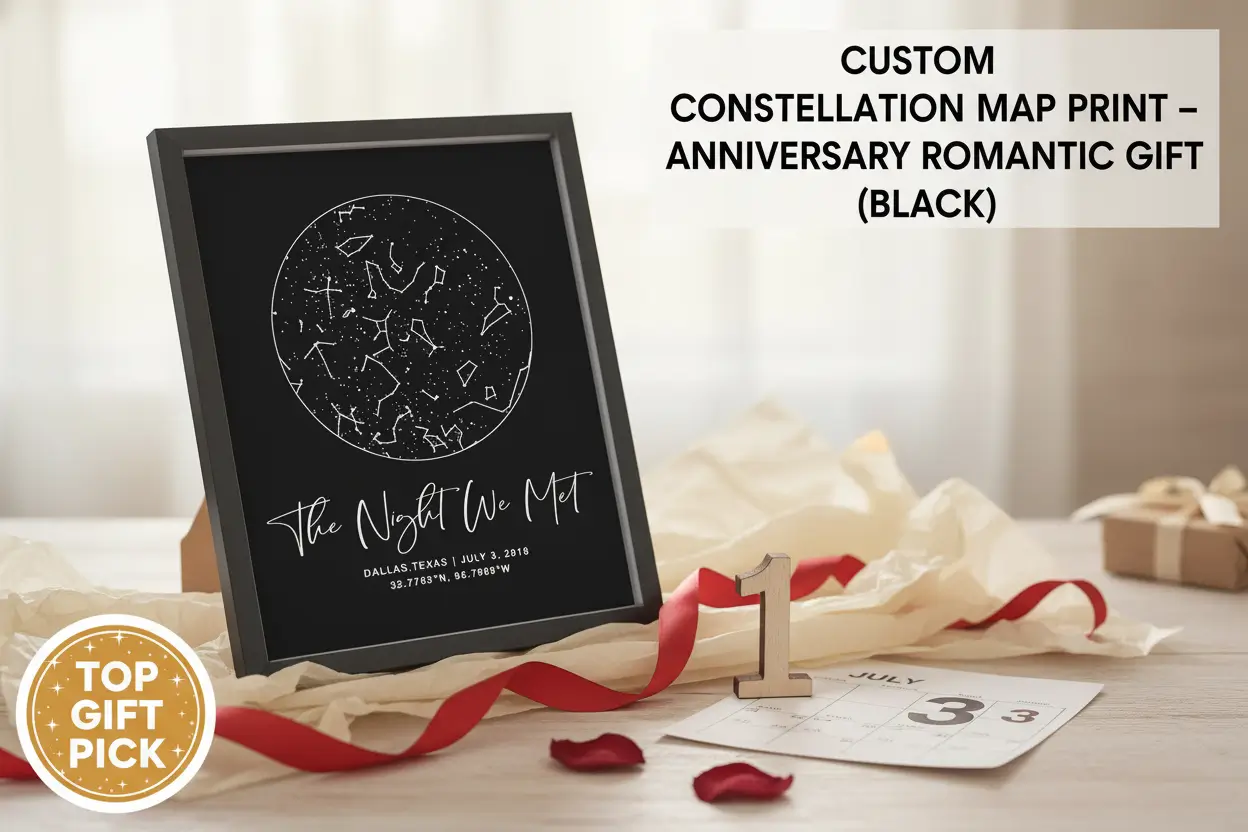Coffee Culture: From Bean to Cup Across the Globe
Coffee culture isn’t just about the drink; it’s an experience, a tradition, a shared moment that transcends time and space. For travelers around the world, each cup tells a story, its aroma wafting through the streets, creating connections and unforgettable memories. Whether sipping a robust espresso in a bustling café in Rome or enjoying a slow-dripped specialty brew in a rustic Melbourne nook, the world of coffee pulls us into its embrace, blending history, culture, and art with every sip.
Origins of Coffee Culture
The saga of coffee begins in Ethiopia, where legend spins a tale of a goat herder named Kaldi. He discovered the invigorating nature of coffee beans when he noticed his goats prancing with unusual vigor after munching on the berry-laden bushes. The simple pleasure of that first cup reverberated through the ages, eventually spreading to the Middle East, where coffee transformed from a mere berry to an esteemed elixir, steeped in ritual and community gatherings.
Imagine bustling bazaars, where the rich, earthy scent of roasted coffee beans mingles with the spices of nearby stalls. In this cradle of coffee, drinks like Arabic coffee emerged—strong, dark, and served in tiny cups that beckon for conversation and camaraderie, a soothing balm for the soul.
Middle East: The Cradle of Coffeehouses
In cities like Cairo and Istanbul, coffeehouses exploded onto the scene. These establishments served not just coffee but a haven for poets, philosophers, and passionate debaters. The laughter, the clinking of cups, and the sound of spirited discussions filled the air, echoing with tales as ancient as the very ground they stood upon.
“Pour another cup, will you?” a patron would say, gesturing to the host, who would refill their cup until a subtle nod indicated that the guest had their fill.
Each sip of Arabic coffee, boiled to perfection in a special pot called a dallah, became a conduit for rich discussions about politics, art, and life, creating a tapestry of shared experiences that marked the heart of Middle Eastern culture.
Europe: Coffeehouses and Enlightenment
Fast forward to the 17th and 18th centuries, Europe saw its own coffee revolution. Coffeehouses blossomed, branded as “penny universities” where for just a coin, one could partake in enlightening discussions. Amidwhirl of pale stone buildings and cobblestone streets, these coffeehouses became innovation hubs, where ideas flowed as freely as the coffee.
In Vienna, the history of coffee reached new heights. As patrons savored their scrumptious pastries, the city’s café culture came to life. Here, each cup was enjoyed in solitude or shared with a friend, still brimming with debates from music to literature.
“Have you read the latest from Goethe?” a writer would mutter, her eyes sparkling over her layered cake. Conversations swirled, ideas brewing just as the coffee itself was.
Americas: Coffee and Cultural Fusion
The Americas embraced coffee with gusto, igniting revolutionary approaches to preparation. Brazil, Colombia, Costa Rica—the list of coffee-producing nations is as rich as the coffee itself. Each country carved its niche within global coffee culture. Brazil, with its vast plantations, emerged as the industry’s powerhouse, while Colombia honed its unique flavor profiles that coffee lovers have come to adore.
In the United States, a rich tapestry of coffee culture flourishes. From Seattle’s artisan roasters to Portland’s eclectic cafes, the specialty coffee movement has sparked a passion for high-quality beans and innovative brewing methods. Travelers in the U.S. can taste micro-lot coffees that showcase distinct regions and farmers, each cup a passport to a hidden story.
“Let me show you how we brew this,” a barista in Portland would say, cheerful yet focused, as they ground the beans for a pour-over that adapted the experience to an art form.
Asia-Pacific: Ancient Traditions and Modern Innovations
Across the vast Asia-Pacific region, ancient traditions thrive alongside modern, innovative approaches. Japan takes pride in its minimalist coffee culture, blending traditional practices with a contemporary twist. The Japanese pour-over technique emphasizes precision and craftsmanship, transforming coffee brewing into a meditative ritual.
Meanwhile, down under, Australia and New Zealand challenge global coffee norms. In Melbourne, the coffee scene has reached cult status, rich with trendy cafes that serve impeccable flat whites in artistic porcelain. For Australians, coffee isn’t just a drink—it’s a lifestyle, and every barista is a craftsman.
“Great beans, great brew,” a barista would smile knowingly, confident in the magic of their creations.
Coffee’s Impact on Art and Literature
Beyond the cup, coffee’s influence permeates the arts. Renowned writers and artists have found inspiration in its depths, seeking companionship in the warmth of their favorite café. Famous scribes once crowded the lively tables of coffeehouses, where ideas clashed and coalesced.
Consider the poets of Paris, who sipped espresso amidst towering books and impassioned conversations. The rhythmic jazz of saxophones floated by as each cup fueled creativity and offered a means of connection.
Sustainable Coffee Practices
As awareness of ethical sourcing grows, so does the push for sustainability within the coffee industry. More enthusiasts champion beans grown and traded responsibly, ensuring farmers receive fair compensation for their labor. This shift is essential, fostering not only better practices but a connection that deepens between coffee lovers and the origins of their favorite brews.
Single-origin coffee thrives on transparency. Each cup holds a story of the farmer, their land, and the love poured into each harvested bean. As you cradle your coffee mug, remind yourself: your choice has far-reaching implications.
Coffee Ceremonies and Traditions
In several communities worldwide, coffee transcends mere consumption and transcends into the realm of ceremony. The Ethiopian coffee ceremony is a spectacular example, an artful tradition that unfolds before your eyes. Green coffee beans roasted over an open flame, ground by hand, and brewed in a traditional jebena exemplify community, an invitation to participate in a shared experience.
As the rich aroma envelops participants, there’s a sacredness to watching the host pour and serve, a testament to pride and hospitality. The ritual brings family and friends together, creating a bond reminiscent of those early days when coffee was first discovered.
The Future of Coffee Culture
Looking ahead, coffee culture continues to evolve. The push for specialty coffee persists, with trends forming around artisanal methods and unique flavor profiles. Yet challenges loom. Climate change threatens coffee production, altering landscapes and affecting affordability.
But adaptation is key. Initiatives aimed at sustainability and innovation thrive as the industry navigates these changes, ensuring that the coffee we cherish remains accessible for generations to come.
In conclusion, coffee culture is a rich, engaging journey, weaving tales of tradition, innovation, and community into every cup. It invites travelers to partake in a global conversation, one that links the past to the present and fuels dreams of the future. So the next time you lift your cup, take a moment. Savor the aroma, feel the warmth, and remember—each sip is more than just coffee; it’s a legacy of human connection that wraps around our world like a cherished blanket.
Want to stay updated on the latest travel tips? Check out our Travel Tips section
Looking for lifestyle inspiration? Explore our Lifestyle category
Discover amazing Destinations
Connect with us on our YouTube channel
Follow our adventures on Instagram
Check out our creative board on Pinterest













